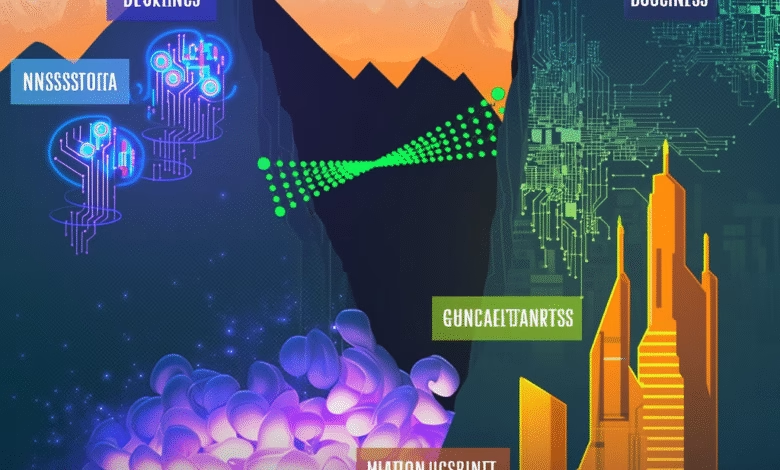Why Deep Tech Struggles With VC – And How to Fix It

▼ Summary
– Europe’s deep tech sector struggles due to traditional funding models that can’t support long-term innovation, causing it to lag behind the US and Asia.
– Deep tech requires patient investment in fields like AI, robotics, and quantum computing, which have transformative potential but face high costs and long R&D cycles.
– Classic VC models fail deep tech due to short investment horizons, lack of expertise, and risk aversion, leading to underfunding and stalled startups.
– New funding models like government-backed schemes, corporate venture capital, and public-private partnerships are emerging but need broader adoption to bridge gaps.
– Europe must adopt flexible, long-term financial tools and reduce fragmentation to compete globally in deep tech and retain innovation.
Europe’s deep tech sector holds immense potential, yet struggles to secure the funding needed to compete globally. The challenge lies in bridging the gap between groundbreaking scientific research and commercial viability. Unlike software startups that thrive on rapid growth cycles, deep tech ventures demand long-term investment and patient capital, resources that traditional venture capital models often fail to provide.
Deep tech spans transformative fields like AI, quantum computing, and synthetic biology, technologies capable of reshaping industries. However, their development cycles stretch beyond a decade, requiring substantial upfront investment and navigating complex regulatory landscapes. While Europe excels in research, its startups frequently lose out to better-funded competitors in the US and Asia, where investors embrace higher risks and longer timelines.
Why Traditional VC Falls Short
Conventional venture capital operates on a rigid timeline, expecting returns within five to seven years. Deep tech defies this structure. Lengthy R&D phases, certification hurdles, and capital-intensive scaling create a “valley of death” where many promising ventures falter. Consider these obstacles:
Pressure for quick returns forces startups to pivot prematurely.A striking 81% of deep tech founders believe European investors lack the technical depth to evaluate their projects properly. Meanwhile, funding gaps push talent toward foreign tech giants, further eroding Europe’s competitive edge.
Case Studies: When Funding Fails
Several high-profile collapses illustrate the systemic challenges:
Prophesee (France): A neuromorphic vision pioneer raised €126M but entered judicial recovery after failing to secure late-stage funding.These examples highlight a recurring theme: investors withdraw when capital needs peak, leaving deep tech ventures stranded mid-development.
Emerging Solutions
To reverse this trend, Europe must adopt alternative funding models with government-backed schemes like the EIC Accelerator, offering up to €17.5M per startup.
Yet, financial innovation remains lacking. Tools like IP-backed loans and revenue-based financing, common in the US and Israel, are rarely utilized in Europe.
Lessons from Global Leaders
Helion Energy (US) secured $425M via milestone-driven funding for fusion tech.These models prove that flexible, risk-tolerant financing can sustain deep tech through its most vulnerable phases.
The Path Forward
Europe must act decisively:
Expand fund sizes to support capital-intensive scaling.The continent’s scientific prowess is undeniable, but without bold financial reforms, its innovations will continue migrating abroad. By embracing patient capital and collaborative investment frameworks, Europe can transform its deep tech paradox into a global leadership position. The time for incremental change has passed, what’s needed now is systemic reinvention.
(Source: The Next Web)



